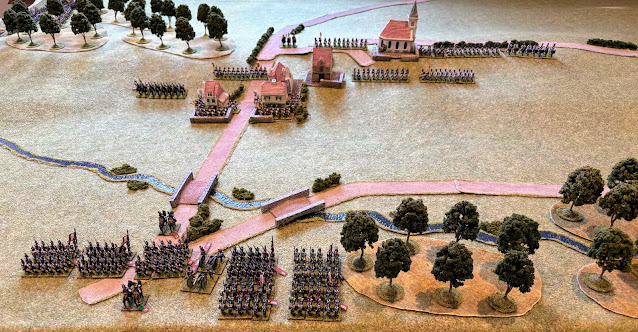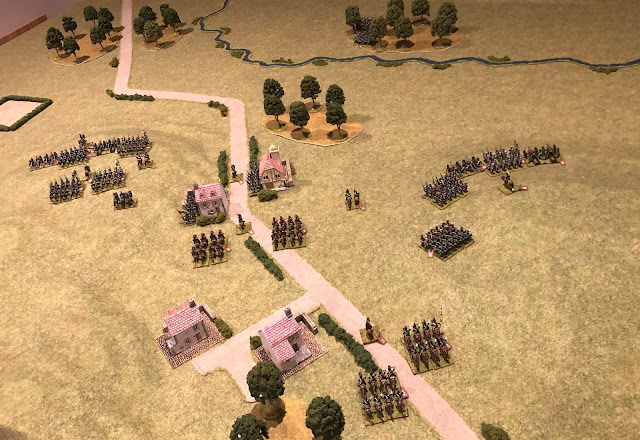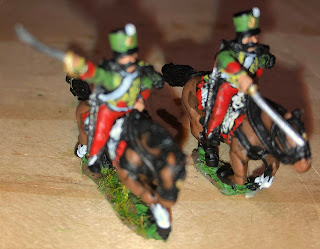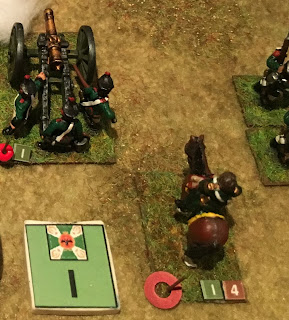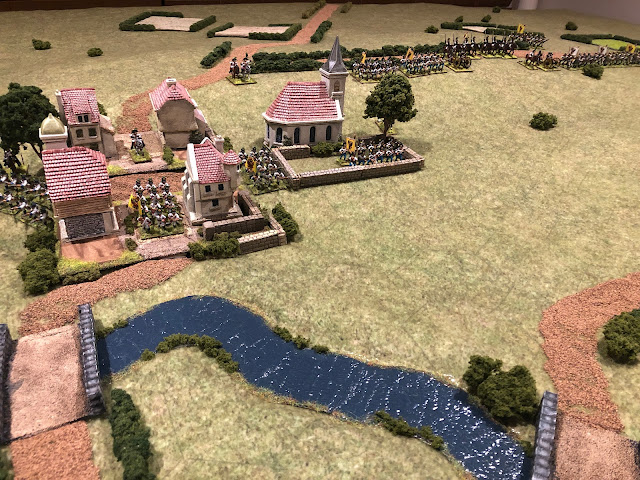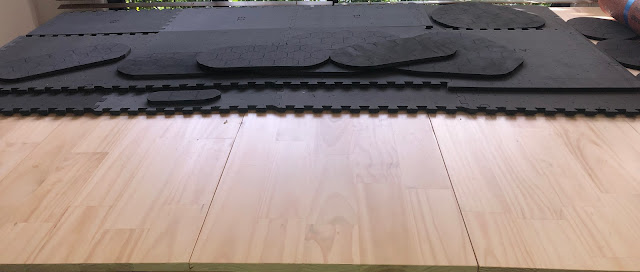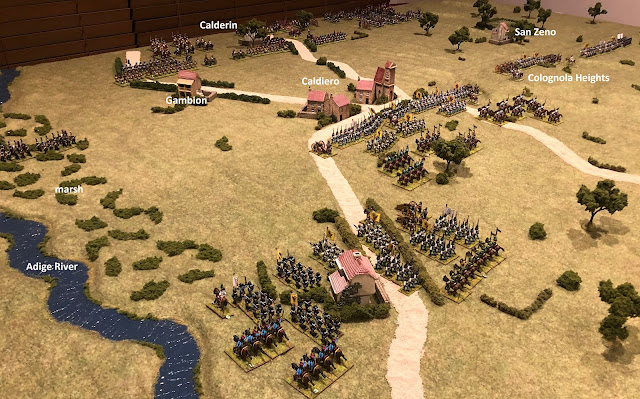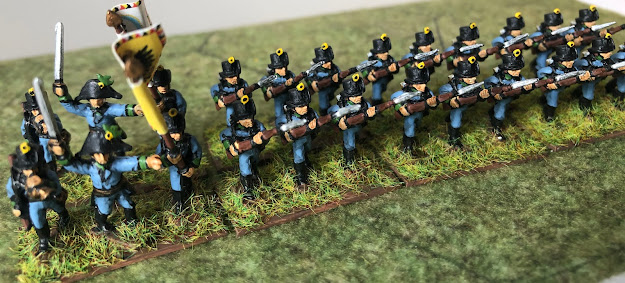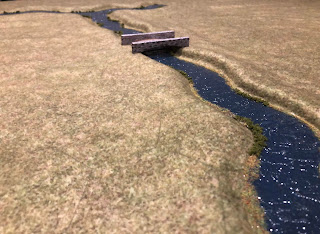Archduke John's Austrian forces joined with the Hungarian Insurrection forces (militia) at Raab. He intended to cross to the north bank of the Danube and move northwest through Bratislava (Pressburg) to unite with the main army, which was commanded by his brother Archduke Charles, Generalissimo of the Austrian armies. Napoleon ordered Eugène to pursue and destroy John's army. The Franco-Italian troops caught up with the Austrians in mid-June and forced John to give battle. Though John's 35,000-man army was only a little less numerous than Eugène's 40,000 soldiers, the quality of his soldiers was markedly inferior. Many thousands of the Habsburg troops were poorly trained Austrian landwehr (19,000 men) and Hungarian insurrection militia (16,000 men). The archduke knew this and planned to fight a defensive battle in a strong position.





